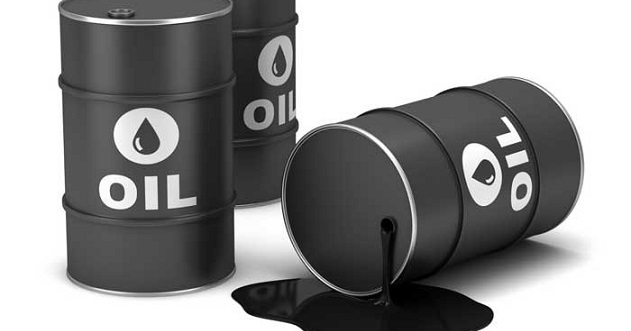Business
Subsidy to hit N9bn daily, as oil price crosses $96, bringing more pains than joy

As an oil-producing country and a member of the global oil cartel, Nigeria should be rejoicing that oil price is getting closer to $100, however, the news brings more pain.
Data from Reuters showed on Monday evening, brent the benchmark for Nigeria’s crude oil touched $96.48 per barrel the highest level since 2014.
This was a significant rise from the $89 per barrel oil was trading at the beginning of February, and it is now a question of when — not if — it will hit $100.
What this means for Nigeria is that oil subsidy payment, a subject of controversy is about to triple in the coming weeks, if not days.
Nigerians are already feeling the pinch of adulterated petrol with queues now a common sight in the last few days, and it could get worst unless NNPC pays over N9 billion subsidy payment at a time production level is low.
The Petroleum Products Pricing Regulatory Agency (PPPRa) had in March 2021 released a pricing template that indicated the guiding prices for the month.
The template showed that the petrol pump price was expected to range from N209.61 to N212.61 per litre at an average oil price of $62.22 per barrel.
Using the PPPRA template, today, with the sharp rise in oil price at N96.48, without subsidy payment, pump price for petrol should be N312- N315 per litre.
Nigeria’s official pump price is N162-N165 per litre which is a value shortfall of N150, meaning to ensure 60 million litres are filled at an official price, NNPC will have to deduct over N9 billion from what is accrued to the federation account daily.
In December, N270.83 billion was used to cater for the cost of petroleum shortfall which comes to about N8.73 billion.
In November and October, petrol subsidy payments stood at N131.4 billion and N163 billion, respectively, according to findings.
In September, it was 149.28 billion. In August, the under-recovery cost of petrol was N173.13 billion. For July and June, it was N103.28 billion and N164.33 billion, respectively. In May, the cost of subsidy amounted to N126.29 billion.
Also, in April, March, and February, the under-recovery amounted to N61.96 billion, N60.39 billion, and N25.37 billion, respectively.
How will NNPC cover the cost of subsidy payment
It is no longer news that Nigeria’s production level is below the OPEC quota.
In January, OPEC recorded that Nigeria officially pumped 1.46 million barrels per day against a target of 1.683 million BPD approved quota.
Also, in December 202, crude oil production in Nigeria fell below 1.2 million from 1.28 million recorded a month earlier costing NNPC billions.
India, Nigeria’s biggest customer is already looking at other markets for oil as it aimed to meet target for its refineries.
Unless Nigeria is able to produce enough oil, it won’t come as a surprise if a new request is sent to the National Assembly for more loans despite all other oil-producing countries smiling to the bank from sales.
Join the conversation
Support Ripples Nigeria, hold up solutions journalism
Balanced, fearless journalism driven by data comes at huge financial costs.
As a media platform, we hold leadership accountable and will not trade the right to press freedom and free speech for a piece of cake.
If you like what we do, and are ready to uphold solutions journalism, kindly donate to the Ripples Nigeria cause.
Your support would help to ensure that citizens and institutions continue to have free access to credible and reliable information for societal development.




















